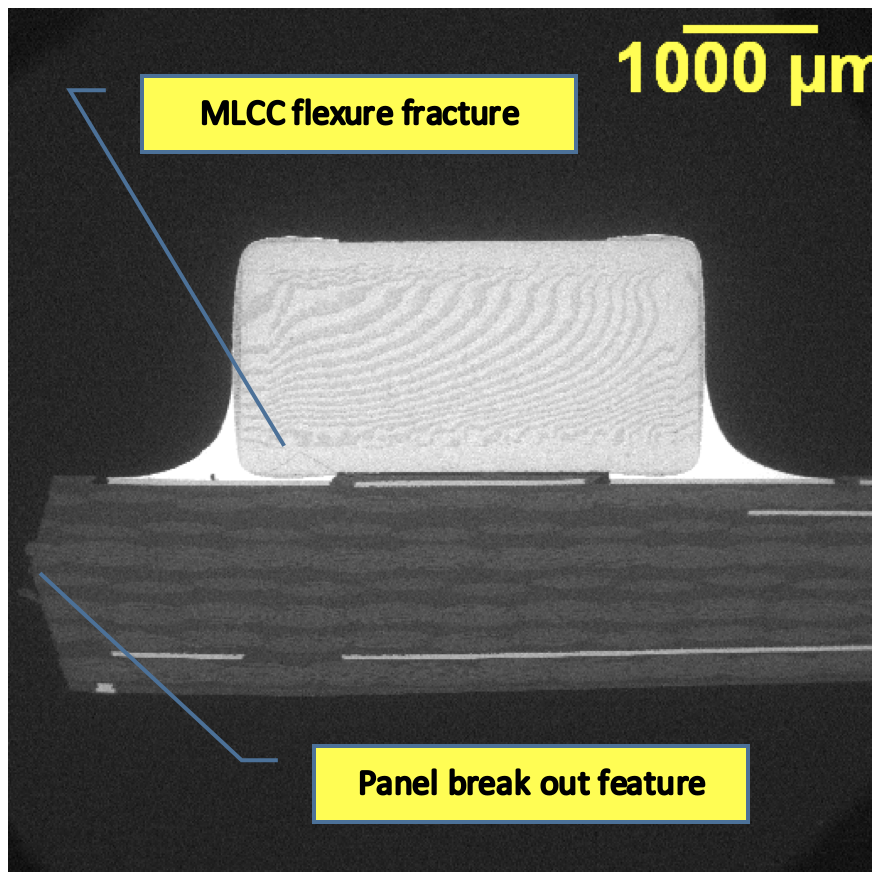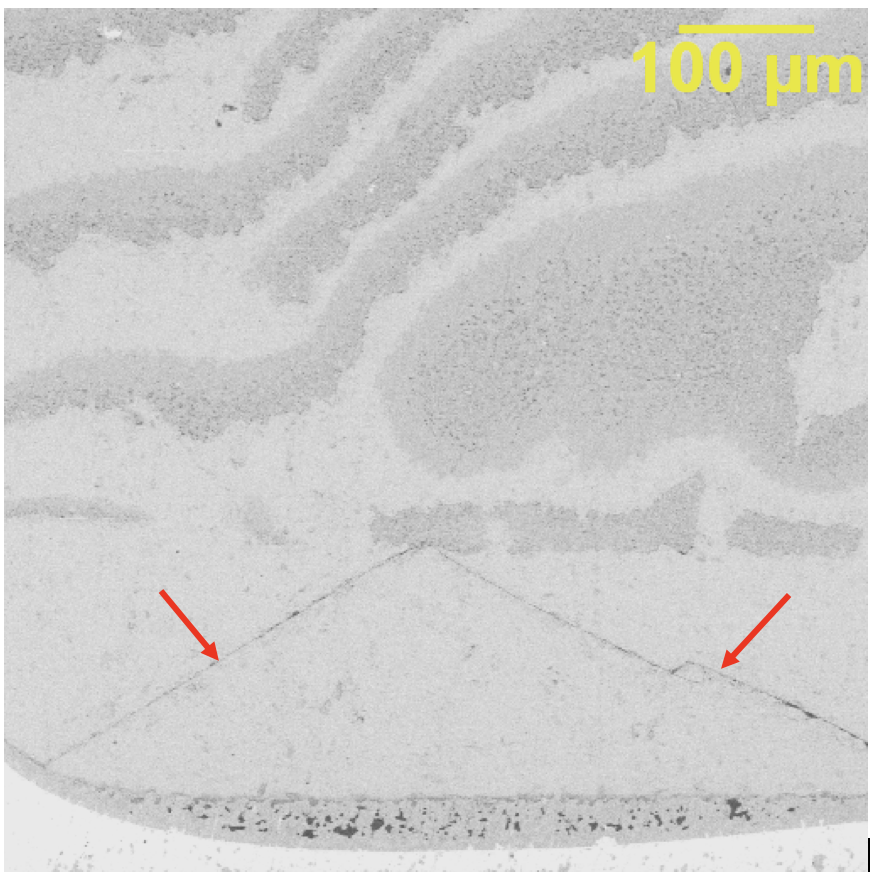Corrosion due to residual solder flux and cleaning process chemistries left on PCBAs can be a real problem for reliability. The corrosion can cause both open circuits as it eats through metal runs and short circuits due to electro-chemical migration.
This (above) is the elemental spectrum of the end of a through-hole connector solder joint. The chlorine in the spectrum is likely due to chloride activator from the solder flux.
This (above) is the elemental spectrum of some corrosion product associated with the through-hole connector solder joint, which appear to be Pb and/or PbO crystals growing out of the surface of the solder joint.
These are the Pb and/or PbO crystals growing out of the surface of the solder joint.
Check out SEM Lab, Inc. to learn more.





















